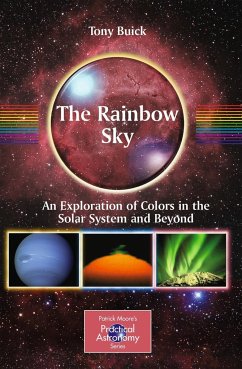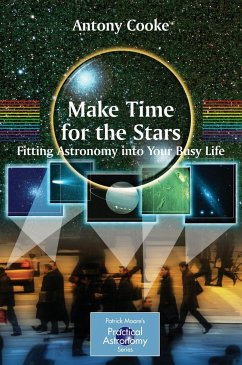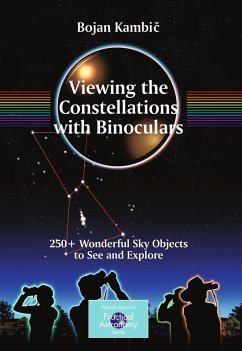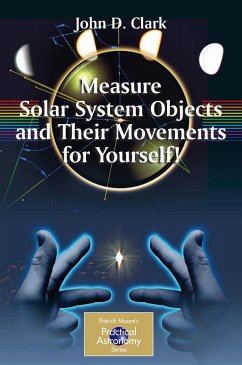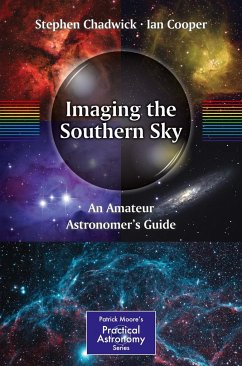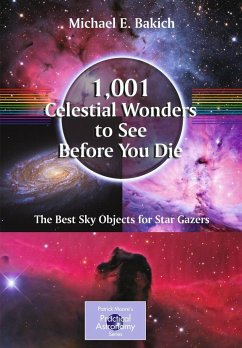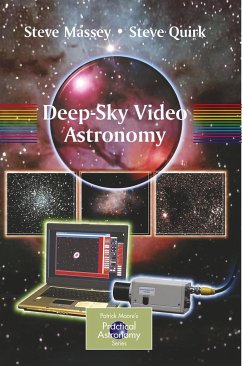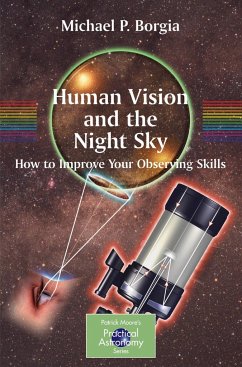
Spectroscopy: The Key to the Stars
Reading the Lines in Stellar Spectra

PAYBACK Punkte
16 °P sammeln!
While most amateur astronomers know about the red shift, have a general idea of the way that the emission and absorption lines in stellar spectra provide an insight into the atomic processes of the star, it is unusual to find someone who has any kind of detailed knowledge. The reason isn't lack on interest - far from it - but is because all the books currently available are pitched at professional astronomers and degree students, and are to say the least, difficult to read.This is the first non-technical book on this subject, written specifically for practical amateur astronomers. It includes ...
While most amateur astronomers know about the red shift, have a general idea of the way that the emission and absorption lines in stellar spectra provide an insight into the atomic processes of the star, it is unusual to find someone who has any kind of detailed knowledge. The reason isn't lack on interest - far from it - but is because all the books currently available are pitched at professional astronomers and degree students, and are to say the least, difficult to read.
This is the first non-technical book on this subject, written specifically for practical amateur astronomers. It includes all the science necessary for a qualitative understanding of stellar spectra, but avoids a mathematical treatment which would alienate many of its intended readers.
Any amateur astronomer who carries out (or who is interested in) observational spectroscopy and who wants a non-technical account of the physical processes which determine the intensity and profile morphology of lines in stellar spectra will find this is the only book written specially for him. And of course, "armchair astronomers" who simply want to understand the physical processes which shape lines in stellar spectra will find this book equally fascinating.
This is the first non-technical book on this subject, written specifically for practical amateur astronomers. It includes all the science necessary for a qualitative understanding of stellar spectra, but avoids a mathematical treatment which would alienate many of its intended readers.
Any amateur astronomer who carries out (or who is interested in) observational spectroscopy and who wants a non-technical account of the physical processes which determine the intensity and profile morphology of lines in stellar spectra will find this is the only book written specially for him. And of course, "armchair astronomers" who simply want to understand the physical processes which shape lines in stellar spectra will find this book equally fascinating.





